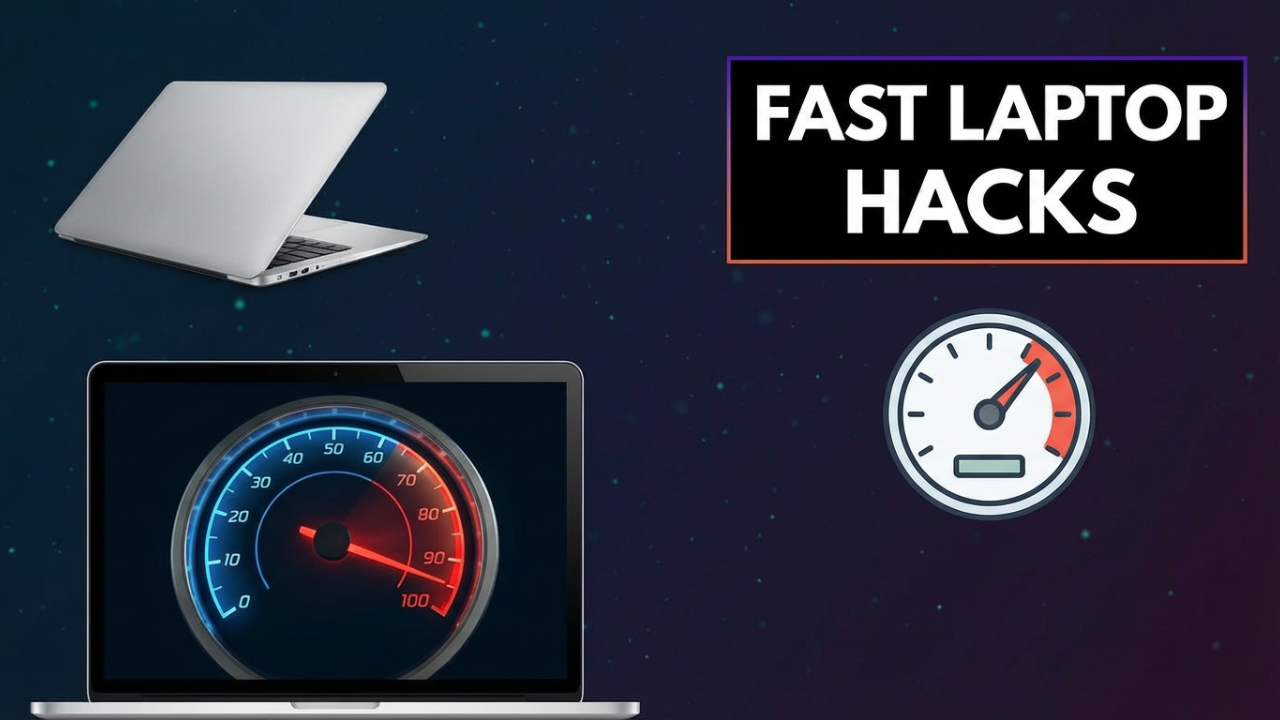The Evolution and Impact of Tech Hardware in the Modern Era
In the dynamic landscape of technology, hardware plays a pivotal role in shaping innovations and enhancing capabilities across various sectors. As we traverse through an ever-evolving digital age, understanding the significance and role of tech hardware becomes paramount. This blog post delves into the evolution, types, and impacts of tech hardware, exploring how it underpins our daily functions and drives progress in numerous fields.

Understanding Tech Hardware
At its core, tech hardware refers to the physical components that make up computing systems and technological devices. Unlike software, which consists of intangible programs and applications, hardware encompasses tangible elements such as circuit boards, processors, storage devices, and peripherals. These components are integral to the infrastructure that supports software applications and processes data.
Historical Context: The Dawn of Innovation
The journey of tech hardware can be traced back to the early days of computing. The first computers, such as the ENIAC in the 1940s, were colossal machines that occupied entire rooms, relying on vacuum tubes and punch cards for processing information. As technology advanced, transistors emerged in the late 1950s, revolutionizing the way hardware was constructed. They replaced vacuum tubes, reducing size and power consumption while increasing reliability and performance.
The invention of the integrated circuit in the 1960s further amplified this evolution. By consolidating multiple transistors onto a single chip, manufacturers could create smaller, more powerful computers, setting the stage for the personal computing revolution in the 1980s. Pioneers like IBM and Apple began producing user-friendly devices that propelled computing into households and businesses.
Modern Tech Hardware: A Diverse Ecosystem
In contemporary settings, tech hardware encompasses a vast array of devices and components that resonate across multiple industries. Let’s take a closer look at some of the critical categories:
1. Computing Devices
Computers remain the cornerstone of tech hardware. Today, we have desktop computers, laptops, tablets, and even smartphones, each designed with specific functionalities and performance capabilities. Advances in processors, such as Intel’s Core and AMD’s Ryzen series, have enabled higher processing speeds, multi-core performance, and energy efficiency. Furthermore, the emergence of mobile computing has transformed how we access information, work, and communicate.
2. Networking Hardware
As data communication becomes increasingly vital, networking hardware has gained unprecedented importance. Components like routers, switches, and access points facilitate seamless connectivity between devices, enabling the Internet of Things (IoT) and cloud computing. With the rise of wireless technologies, such as Wi-Fi 6 and 5G, networking hardware has evolved to accommodate higher bandwidths and lower latency, fostering an interconnected world.
3. Storage Solutions
Data storage is critical in an age where information generation is surging. Traditional hard disk drives (HDDs) are being phased out in favor of solid-state drives (SSDs), which provide faster read/write speeds and improved reliability. Emerging technologies like Non-Volatile Memory Express (NVMe) are pushing the envelope further, catering to the growing demands of data-intensive applications and high-performance computing.
4. Peripheral Devices
Peripheral devices—such as printers, scanners, monitors, and input devices—enhance the functionality of computing systems. Advances in display technology, including 4K and 8K monitors, provide exceptional clarity and detail, essential for creative professionals and gaming enthusiasts. Furthermore, advancements in graphics processing units (GPUs) are enabling stunning visuals and efficient computations, particularly in fields like gaming, machine learning, and scientific simulations.
5. Wearables and IoT Devices
The proliferation of wearable technology and IoT devices exemplifies the shift towards a more connected landscape. From smartwatches tracking health metrics to home automation devices like smart thermostats and lights, these hardware innovations integrate seamlessly into daily lives. The sensor technology within these devices not only collects and transmits data but also drives important insights through analytics, enhancing user experiences and efficiency.
6. Consumer Electronics
Consumer electronics, including televisions, audio systems, and gaming consoles, showcase the intersection of hardware and entertainment. The evolution from bulky cathode-ray tube (CRT) displays to sleek flatscreen TVs highlights the ongoing trend toward miniaturization and improved performance. Moreover, devices like the PlayStation and Xbox have transformed gaming from a niche hobby into a mainstream cultural phenomenon, driven by innovations in hardware capabilities.
The Role of Hardware in Innovation and Industry
The impact of tech hardware extends far beyond consumer devices. It is instrumental in numerous industries, driving advancements in fields such as healthcare, education, manufacturing, and transportation. For instance, in healthcare, specialized hardware like MRI machines and robotic surgical systems have transformed patient care and surgical procedures. In manufacturing, the integration of robotics and automated systems has heightened efficiency and precision in production lines, ushering in the Fourth Industrial Revolution.
Moreover, as research and development continue to flourish, emerging areas such as quantum computing and artificial intelligence are poised to redefine the boundaries of technology. Quantum computers, leveraging the principles of quantum mechanics, promise unparalleled processing speeds through their unique hardware architecture. Concurrently, advancements in AI hardware, including custom chips like Google’s Tensor Processing Units (TPUs), are powering machine learning algorithms, advancing capabilities in natural language processing, image recognition, and more.
Challenges and Considerations
Despite its remarkable progress, the tech hardware industry faces numerous challenges. The rapid pace of technological advancement necessitates continual investment in research and development to remain competitive. Furthermore, sustainability concerns are becoming increasingly crucial, prompting manufacturers to adopt eco-friendly practices and materials in hardware production.
Supply chain disruptions, as witnessed during global events like the COVID-19 pandemic, also highlight vulnerabilities in the tech hardware ecosystem. The scarcity of semiconductor chips has led to delayed product launches and increased prices, underscoring the need for diversification and resilience in supply chains.
The Future of Tech Hardware
Looking ahead, the future of tech hardware promises exciting developments. As technological convergence becomes more pronounced, we can expect devices to become more integrated, capable of serving multiple functions while enhancing user experiences. Innovations such as augmented reality (AR) and virtual reality (VR) will reshape industries like entertainment, education, and training, relying on advanced hardware capabilities.
Additionally, as the push for edge computing continues, we may see a shift towards localized data processing closer to the source of data generation. This evolution will likely spur the development of new hardware optimized for efficiency and responsiveness, further enhancing the interconnected nature of modern devices.
Conclusion
In conclusion, tech hardware is the backbone of the modern technological landscape, underlining the interplay between physical components and the software ecosystem. Its evolution from early computing machines to today’s intelligent devices showcases humanity’s quest for innovation and efficiency. As we look toward the future, embracing technological advancements and addressing the challenges therein will be vital for harnessing the full potential of tech hardware, driving progress across industries, and enhancing the quality of life for individuals around the globe. The journey of tech hardware is far from over, and its continued evolution holds the promise of a world driven by innovation and connectivity.
Shop Now






